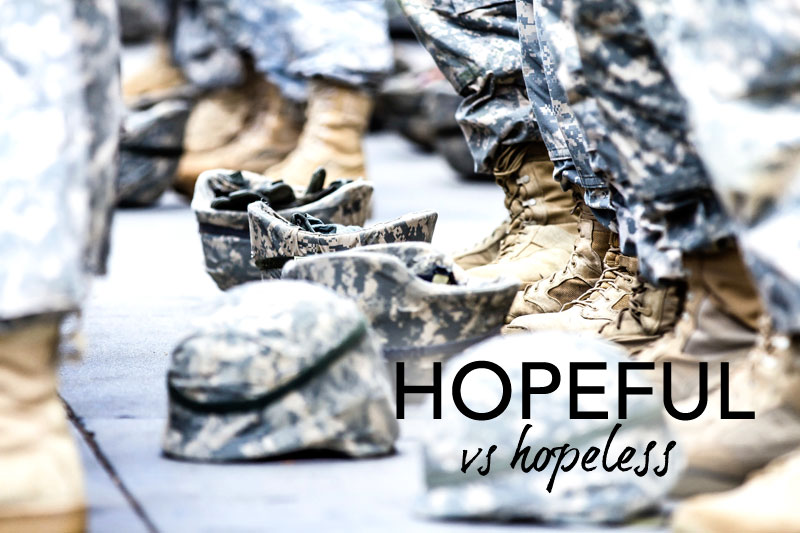
During the Korean War, American soldiers were found dead in three basic states. Some were fighting, some were running away, and some were found dead in the bottom of their foxholes with no signs of violence.
Those fighting and those running had similar physiologic changes found during autopsy: 1. Blood was shunted to the skeletal muscles and away from the intestines. 2. The pupils of their eyes were dilated. 3. The muscles of their heart were in a state of constriction at the time of death. 4. The airways to their lungs were dilated.
Those found dead with no marks of violence had the opposite changes: 1. Blood was shunted to the intestines and away from the skeletal muscles. 2. The pupils of their eyes were constricted. 3. The muscles of their heart were in a state of relaxation at the time of death. 4. The airways to their lungs were constricted.
These findings were compatible with sympathetic nervous system discharge for the fighters and runners. The others were compatible with parasympathetic nervous system discharge. The sympathetic part is also called the “fight or flight response” and is a result, in general, of the outpouring of adrenaline. The parasympathetic part is also called the “vegetative” side of the nervous system. These soldiers’ autopsies demonstrated exactly what this discharge would cause – death!
The conclusion of the article was that the soldiers who were fighting or running were trying to do something, even if in fear. They had hope of winning or getting away. The soldiers in the bottom of the foxholes were believed to have given up hope and died simply from a massive discharge of the parasympathetic system. They died of hopelessness!
Don't give up hope! Click To TweetSome years later, researchers wanted to attempt to duplicate the situation of hopelessness in the laboratory. They designed the following experiment, which has been repeated in various forms since. (In no way do I personally condone this type of animal experimentation.)
They chose the Norwegian wharf rat, a vicious animal, which could swim very well. A tank was filled with water and a glass bell jar placed in the tank. The rat was put in the bell jar where it had nothing to hang onto and could not dive down and get out of the jar. There was a spray of water directed at the rat’s nose so that it could not roll over and float. The average rat swam for about sixteen minutes and drowned.
Autopsies revealed the following physiological responses: 1. Blood was shunted to the intestines and away from the skeletal muscles. 2. The pupils of their eyes were constricted. 3. The muscles of their heart were in a state of relaxation at the time of death. 4. The airways to their lungs were constricted. In other words, they experienced Parasympathetic death – hopelessness!
Another group of rats were put in the jar, but when they appeared as if they were drowning, the researchers took them out alive. They were dried off, kept in open cages and fed by humans.
Previously they had been kept in closed cages in a closed room and fed by machine, with no human contact at all. After a few days, these rats were placed back in the tank in the same situation from which they had been rescued before. These rats swam for an average of 36 hours before they died.
These were the findings in their autopsies: 1. Blood was shunted to the skeletal muscles and away from the intestines. 2. The pupils of their eyes were dilated. 3. The muscles of their heart were in a state of constriction at the time of death. 4. The airways to their lungs were dilated.
The first set of rats had died in parasympathetic discharge while the second set died in sympathetic or fight or flight response.
The conclusion of the article (not done by Christians) was that the first set of rats had died of hopelessness while the second set of rats had experienced “salvation” and were hoping to be rescued a second time…
MORE TOPICS
Help us continue helping others!
RELATED VERSES
Joshua 1:7 (NKJV)
Only be strong and very courageous, that you may observe to do according to all the law which Moses My servant commanded you; do not turn from it to the right hand or to the left, that you may prosper wherever you go.
Galatians 6:9 (NKJV)
And let us not grow weary while doing good, for in due season we shall reap if we do not lose heart.
Hebrews 6:19 (NKJV)
This hope we have as an anchor of the soul, both sure and steadfast, and which enters the Presence behind the veil,















